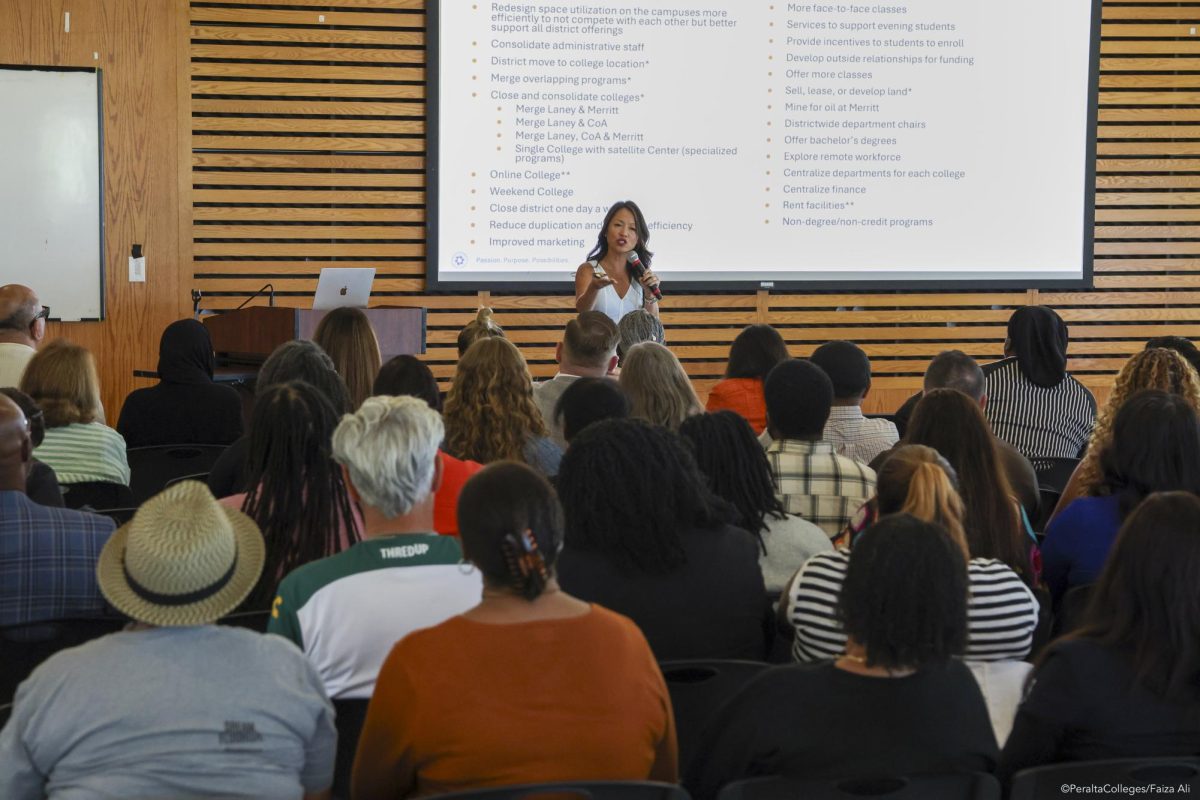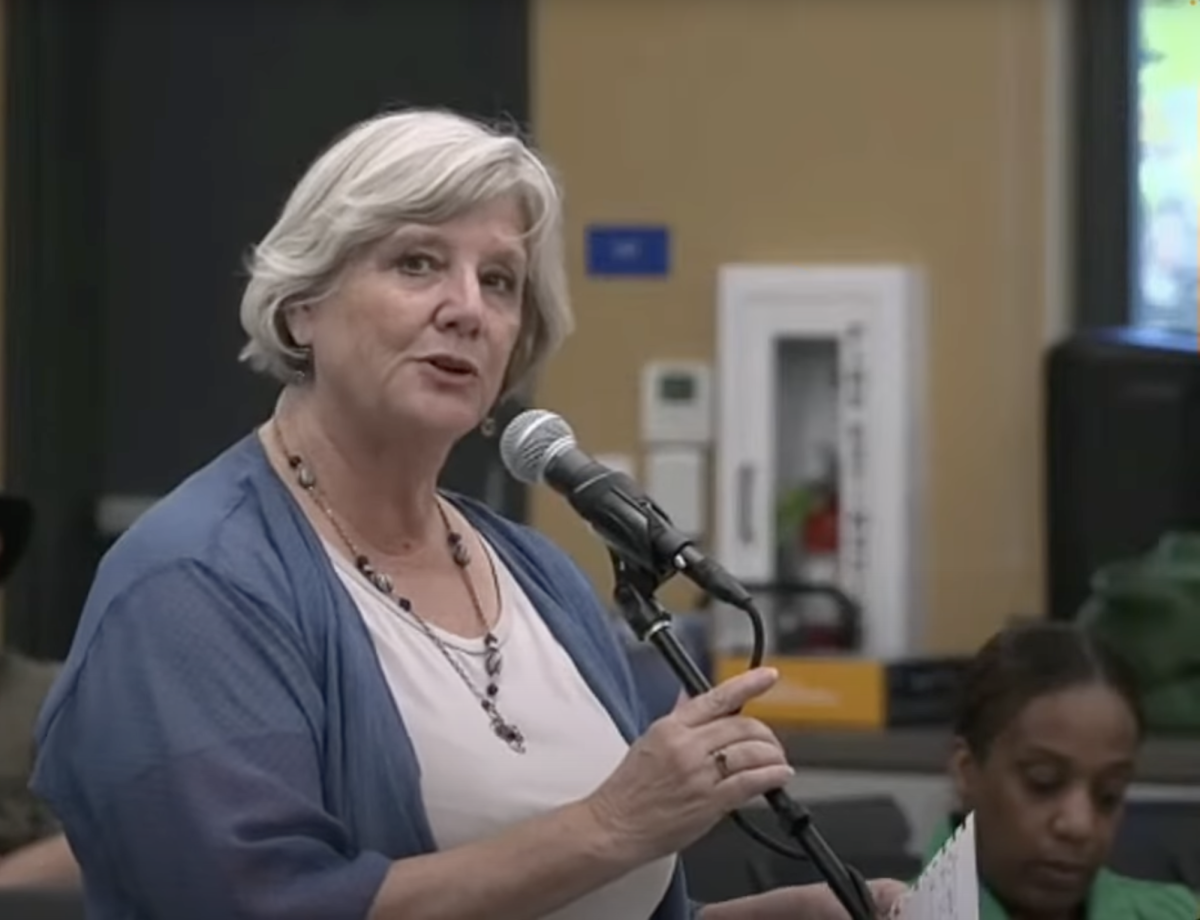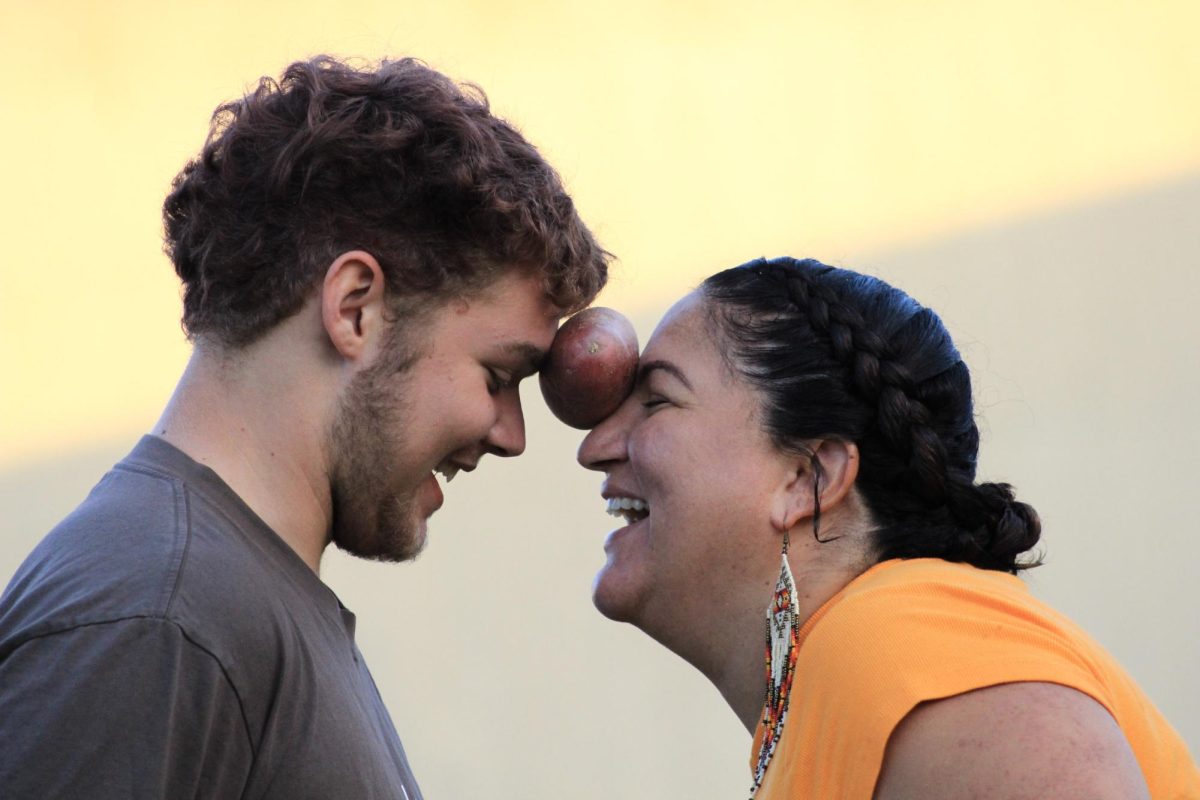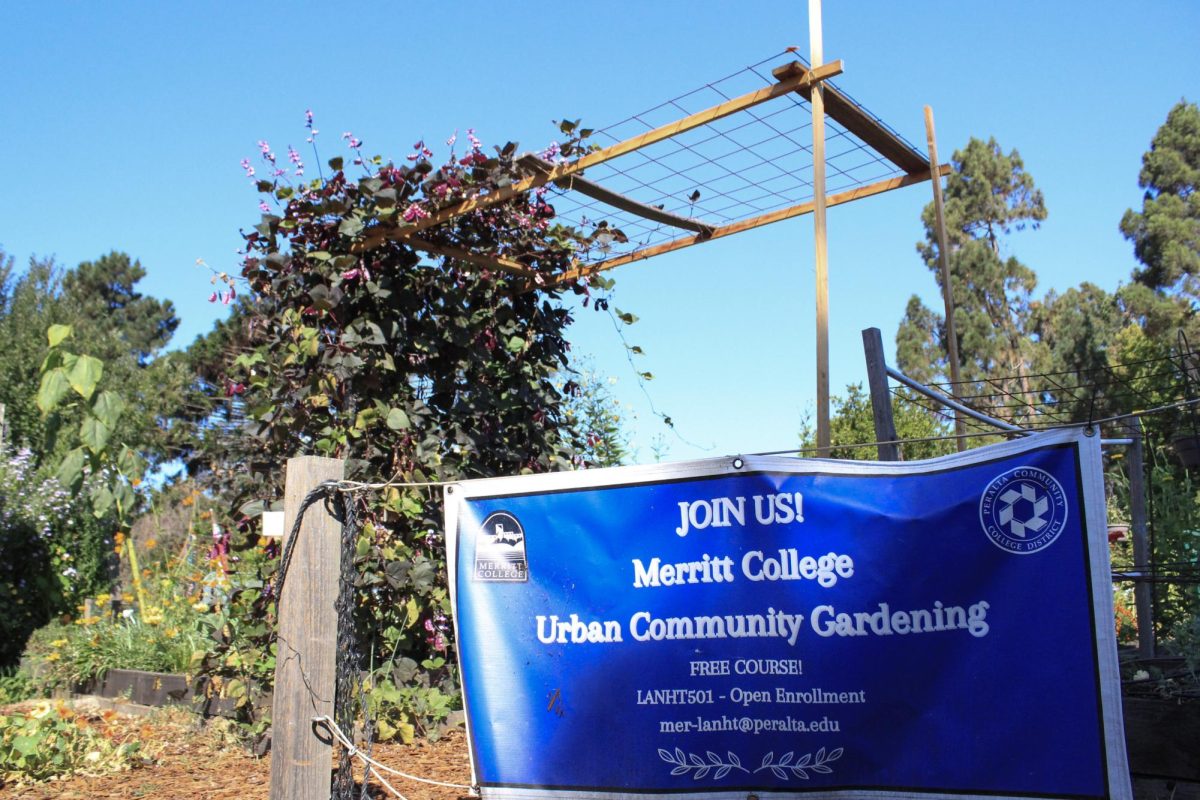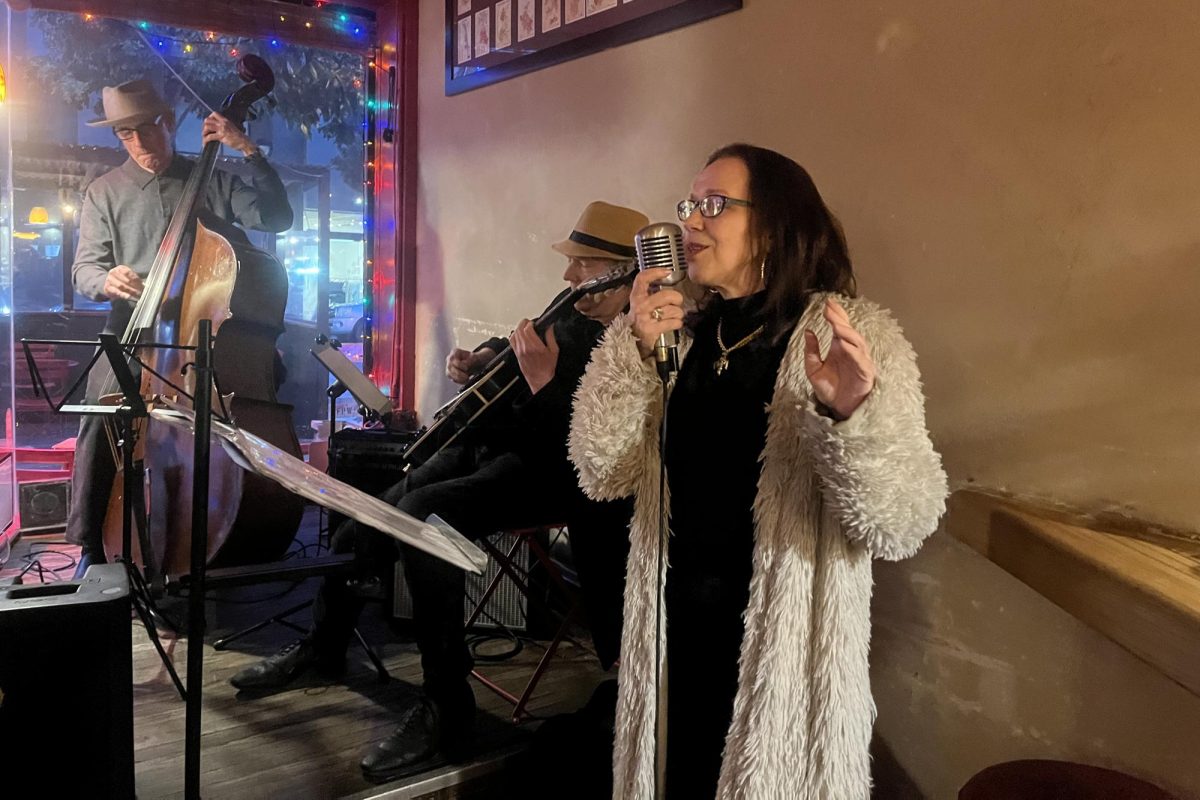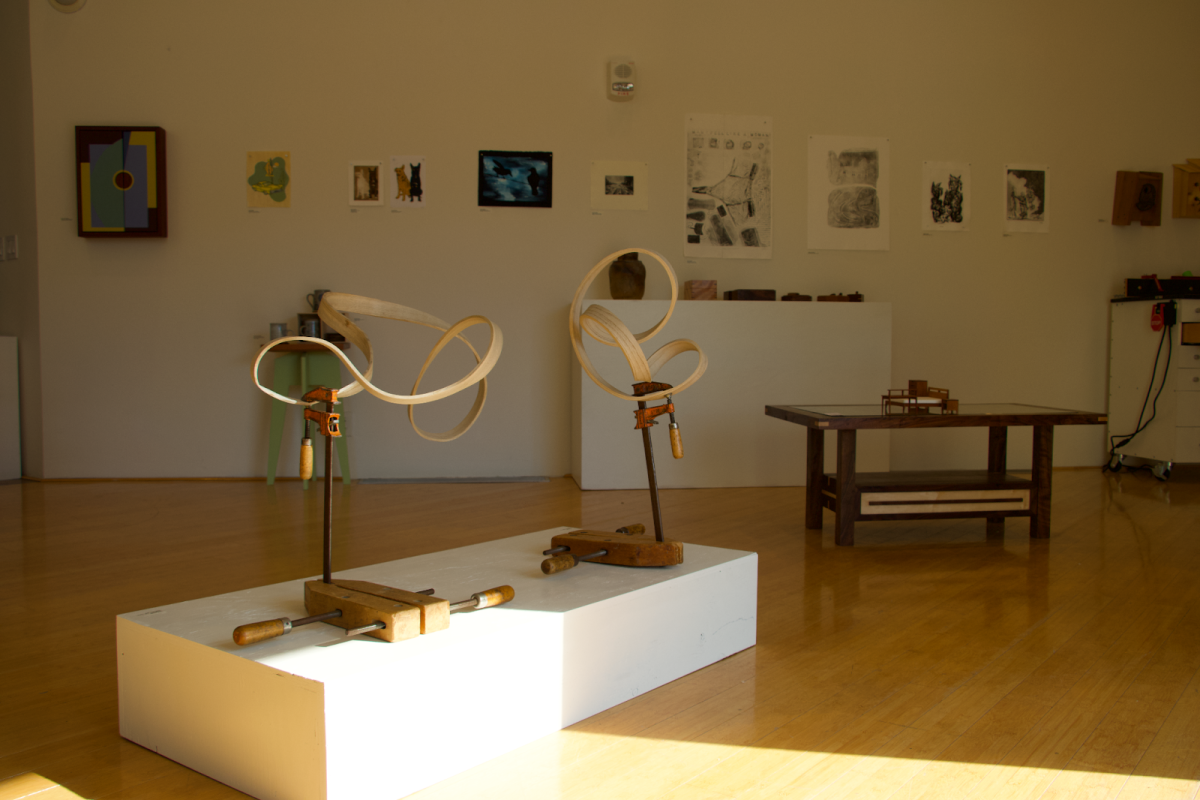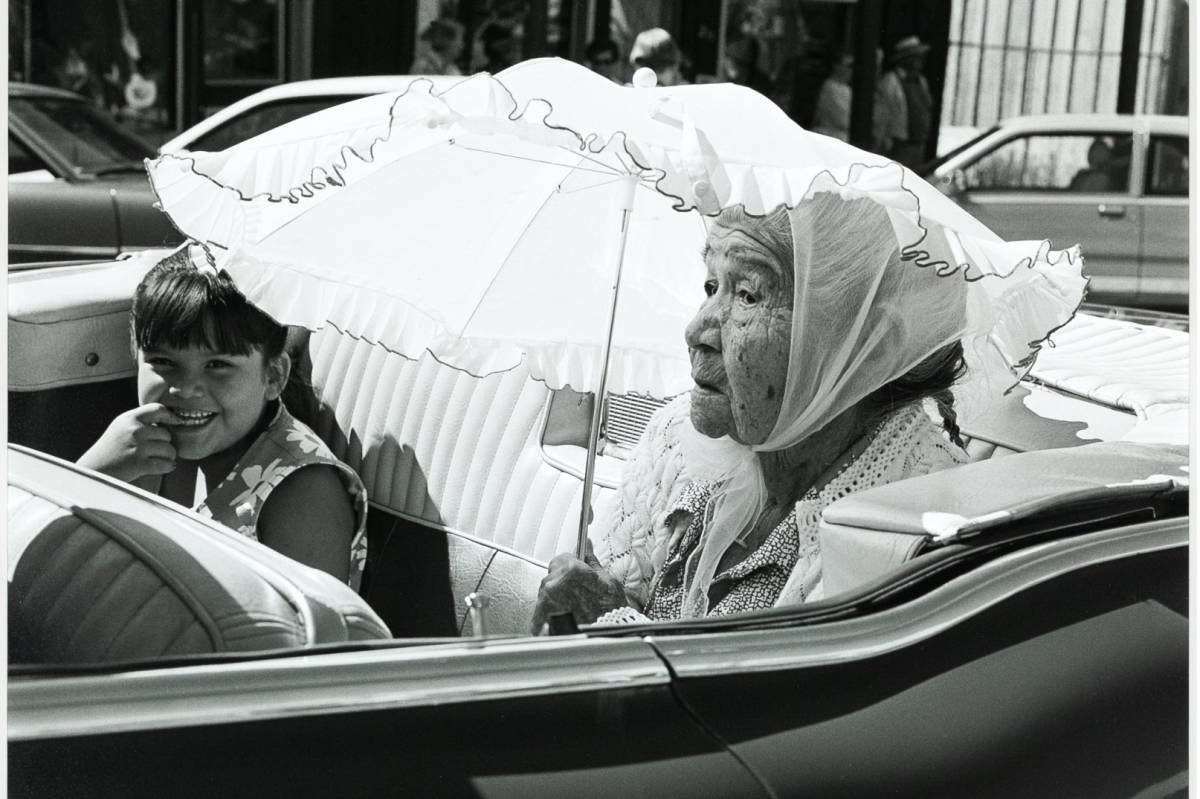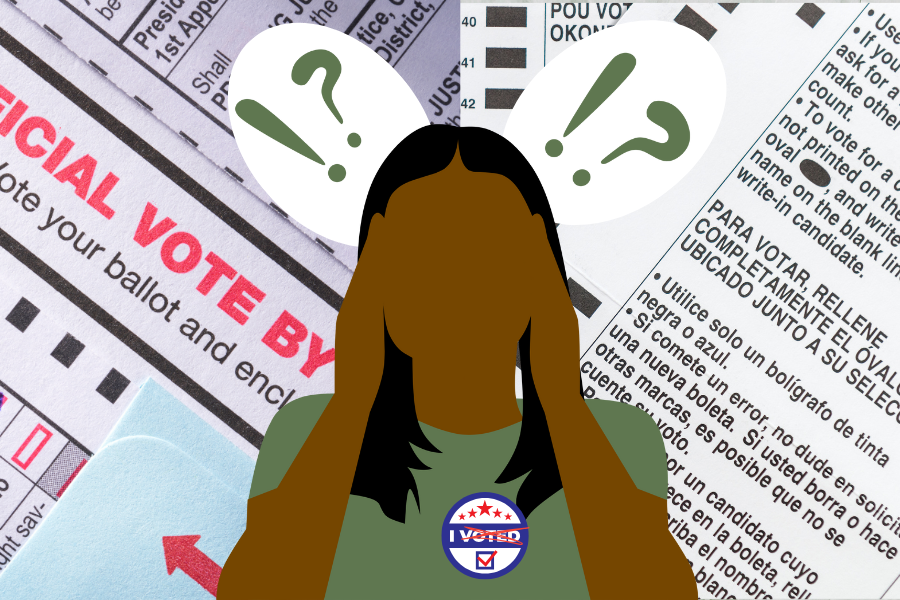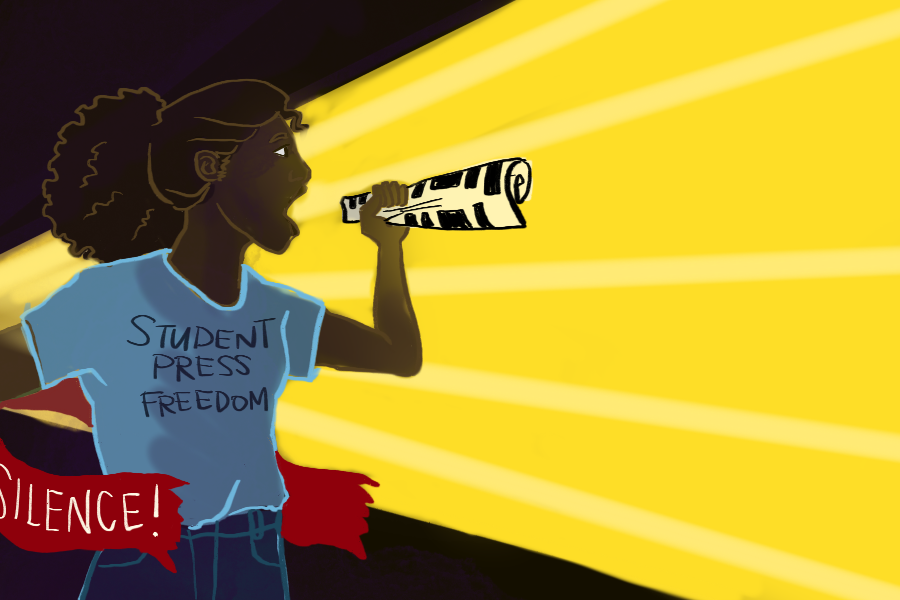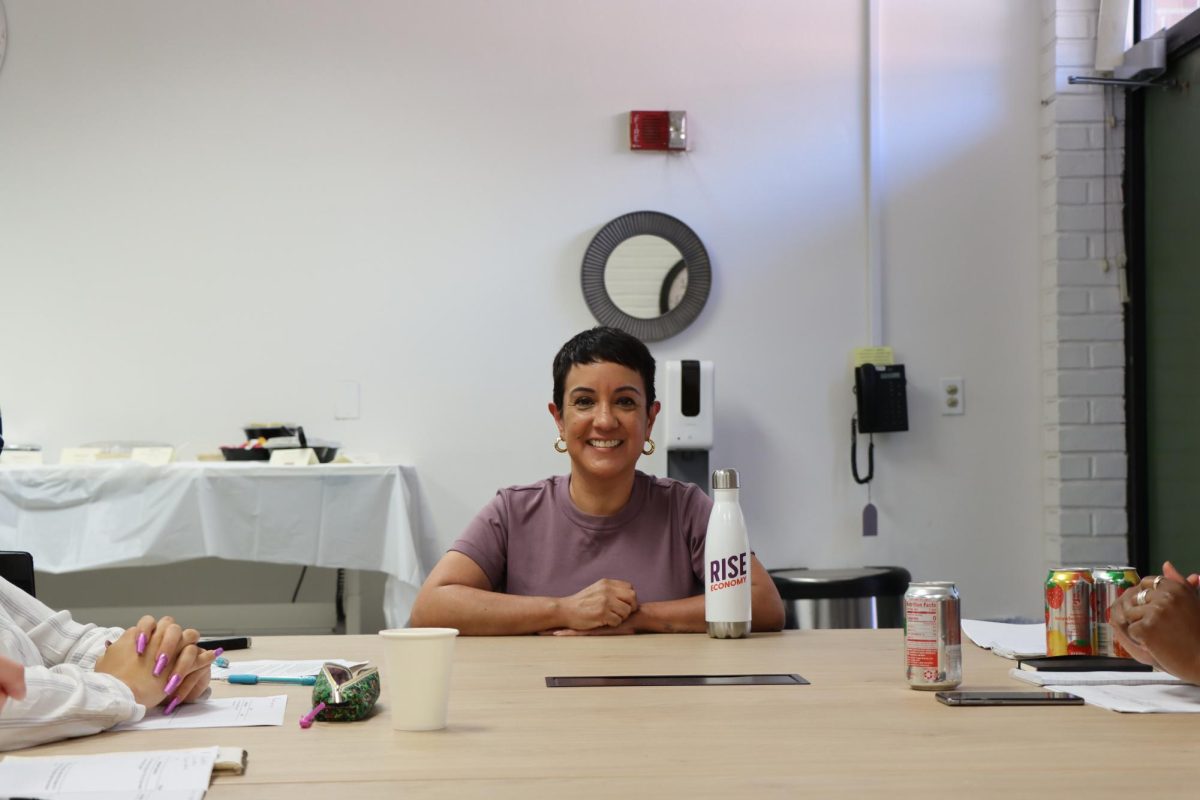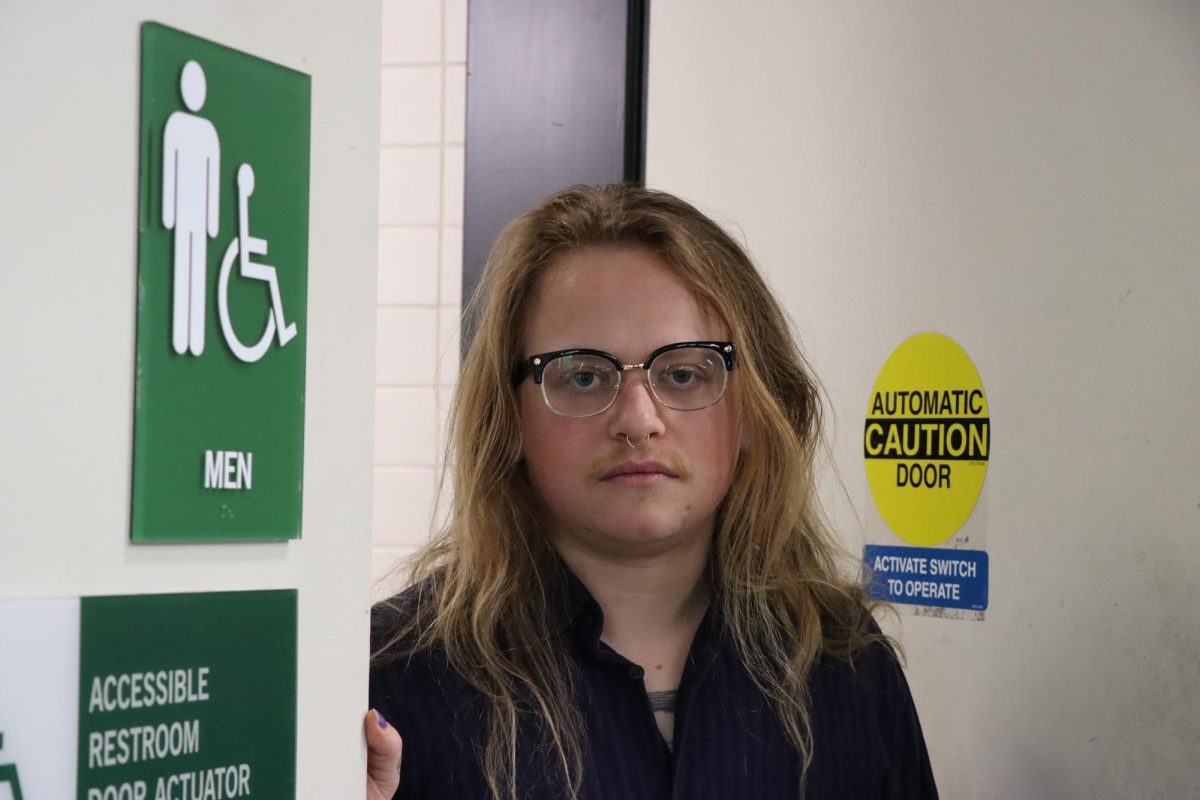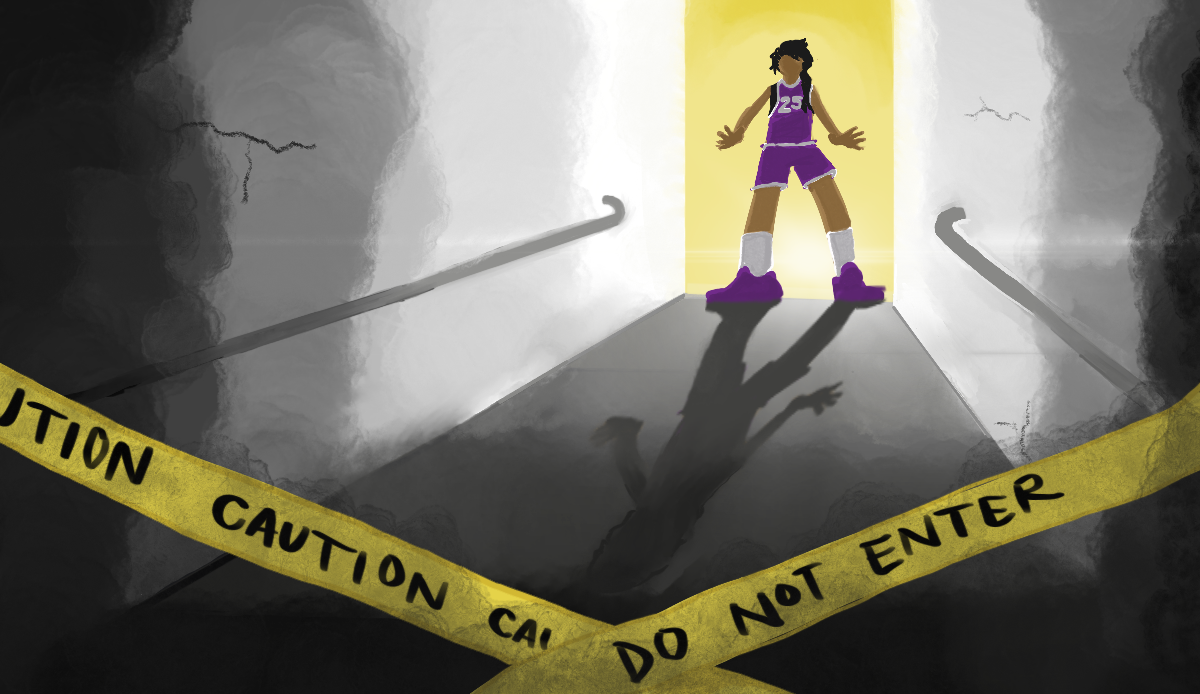Written in purple highlighter on the wall of Laney College’s Theatre building, one Laney student’s scrawl signaled the primary issue facing a community concerned about inequity:
“More emphasis on students.”
On Nov. 19, Laney College closed out “Equity Week” with a campus-wide forum to brainstorm ideas for resolving issues of student equity — and to determine how to spend a $1 million equity fund that’s set to expire before the end of the year.
After a brief presentation in the Laney Theatre, attendees broke into small discussion groups to talk about their experiences with inequity at the school.
They then filed into the Theatre lobby to write up their findings and feelings on large white sheets of paper pinned up on the walls, walking around and talking to one another about the problems they’d brought to light.
The atmosphere was one of careful possibility: eyes fatigued by the problems of the present were made a bit more hopeful by envisioning the future.
“You know, things can’t be done with a lack of understanding where other people are coming from. You get that understanding just by being able to connect on a more verbal basis. And I think that this is the beginning of it,” Brandon White, a Laney student, said. “That’s what we’re doing right now.”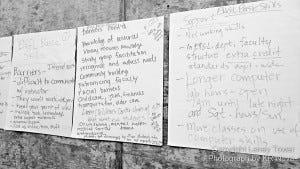 But he also made it clear: “It’s just a start.”
But he also made it clear: “It’s just a start.”
But such a start hadn’t even really begun before it stumbled all over itself.
Ch’Kia Tucker, representing Laney’s Black Student Union, wasn’t approached about the event until a few days before.
“They rushed it because they have a deadline but I’m pretty sure that had already known, way prior to that deadline, that that deadline was coming up,” she said. “And you approach students [two days before]: ‘Oh, this is mandatory. You have to come.’
“I just feel like as far as the Black Student Union — a club whose presence is very well known on campus and we’re one of the first clubs on Laney’s campus — for us to not have to been heavily involved in the planning I feel is really ridiculous.”
The rushed feel of the event also came out in concerns over the thoughtlessness of the event’s “wedding” theme.
Dr. Howard Irvin was hired as a consultant to be part of the equity planning process and even coordination. When his flyer for the event circulated that week, the theme he’d created — “Tying the Knot: The Union of Student Equity and SSSP (Student Success and Support Program) — ended up alienating members of the Laney community it should have been working to draw in.
The poster featured wedding bands, wedding cakes, and the bold subheadline, “Closing out Equity Week with a wedding!”
“I will not bring my students to this event. I find it insulting and offensive,” Biology Professor Amy Bohorquez wrote in an email a few days before the event.
As a mixed-race, gay woman, Bohorquez felt that such a theme didn’t honor the struggles of people like Richard and Mildred Loving, who had to fight to undo anti-miscegenation statutes that barred interracial couples from marrying.
“How are we respecting the people who stood up to injustice and inequality?” she wrote. “And how in the world does it represent equity?”
Economic Inequity
With protests over injustice on college campuses increasingly coming into the national spotlight, it’s no surprise community colleges like Laney are seeking to better support their highly diverse student bodies.
Hannah Dellacroce, a sociology major, knows what it’s like on both sides of higher education: after attending a four-year where classes abounded, Dellacroce returned to the Peralta Colleges to face a course shortage that put her in a terrible position. Social problems, a sociology class, was the last class she needed to transfer, but it was only available this semester at Laney College.
“I don’t live close to Laney at all,” she said, “and because I work so much, I often miss this class and it’s really frustrating. I don’t have a car, it’s just really hard.”
Even students who do have cars are at a disadvantage.
“People that have jobs have cars. And people who have jobs don’t get financial aid. So you kind of gotta park here,” Sean Bynum, a Laney student, said. “And if you can’t pay for the permit at the beginning of the semester, you have to pay $2 — and the machines are hardly ever working, especially for cash.”
And when students run out of money or time, they’re slapped with a $40 ticket, making economic hardships worse.
Bynum also pointed out that issues with the facilities make large segments of the Laney population feel unsupported and unimportant.
“It’s not safe. It’s too dark [at night],” he said. “I walk my classmates to their cars at night because they don’t feel safe.”
Bynum shook his head. “You can only expect so much from a community college — that’s what they train us to think.”
Accommodating Students
The data on student equity revealed that Black, brown, and male students were disproportionately affected by inequity at Laney College.
But the event also served as an avenue for other marginalized groups on campus to vocalize concerns.
Joseline Santos, for example, is one of Laney’s many high school students concurrently enrolled in college-level classes. But Santos never felt as supported by Laney as she could have been.
“The first time I did take a class here, I failed it,” she said. “I didn’t really understand the class.”
Santos wants to see more tutoring, more help, and more advice to make sure high school students are set up to succeed.
Disabled students and returning students also face a wide range of unique difficulties: Carol Williams found out that, despite student accommodations being available, Laney isn’t always an accommodating place.
“When I first came to this school… I had recently retired,” Williams said. “I was forced out of my job.” She worked for AC Transit for 25 years before she became diabetic and disabled — then everything changed.
At 48, Williams came to Laney but was paired with counselors who “didn’t have a clue.”
“I had to find out on my own about the disabled students program. I had to find about the TRiO program on my own. I had to find out a lot of things on my own.”
“I love this school, don’t get me wrong. But I’m a big advocate for me.”
And when students advocate for themselves, they end up advocating for the entire community. Williams found that speaking up ended up setting precedents that other students would end up benefitting from.
“I had an instructor tell me he didn’t deal with student accommodations. That’s what he said.”
But after Williams became vocal about the injustice, “he found out that either he was going to deal with the accommodations or he was going to be without a job.”
“He must have asked around and somebody must have told him,” she explained. “But why should he have had to ask around? He should have already known what he could do and what he could not do. But there’s a lack of training so therefore a lack of accountability.”
And without students holding the administration accountable when they fall short on equity, the problems all over the walls will remain invisibly scrawled all over Laney until they’re resolved — until there’s a true emphasis on students.
Laney Tower seeks
Correspondents.
Get published
Get noticed
Bulk up your resumé
For details contact
Tower faculty adviser
Burt Dragin at [email protected]
Use subject line: Write Now!
Categories:
Equity event leaves Laney students wishing for more
November 28, 2015
About the Contributor
In the fall of 2019, The Laney Tower rebranded as The Citizen and launched a new website. These stories were ported over from the old Laney Tower website, but byline metadata was lost in the port. However, many of these stories credit the authors in the text of the story. Some articles may also suffer from formatting issues. Future archival efforts may fix these issues.


